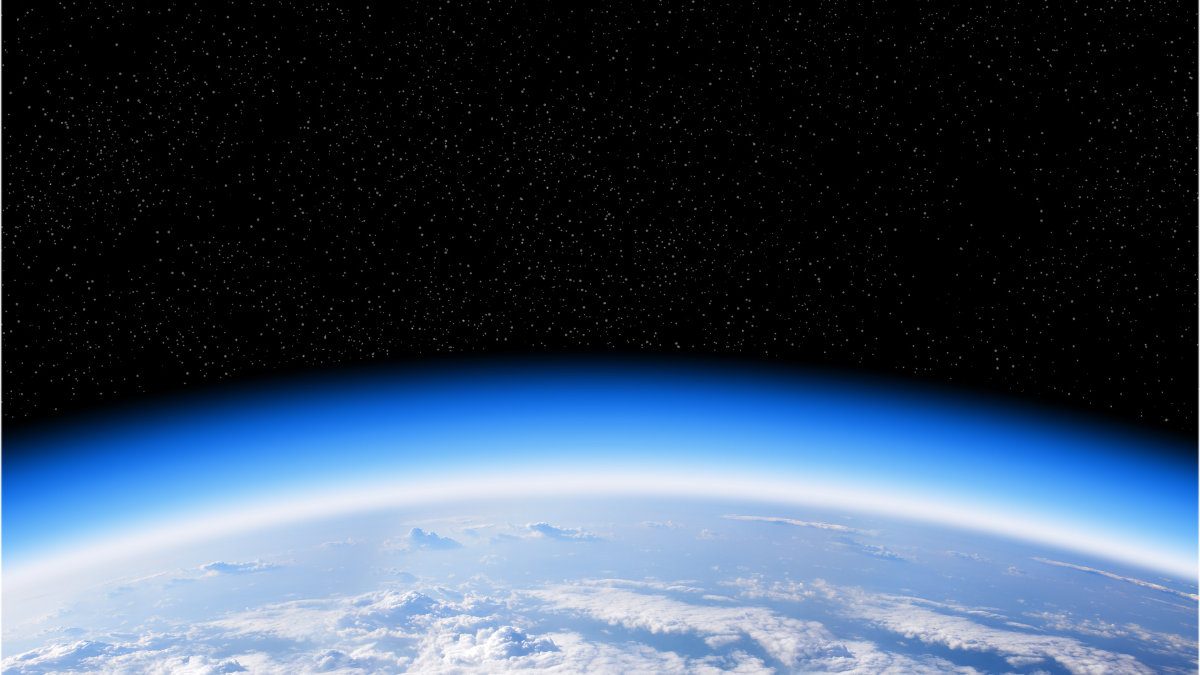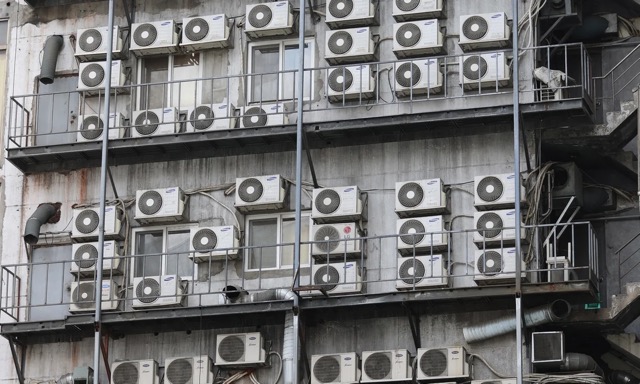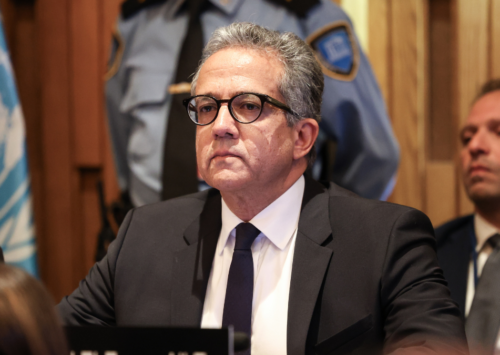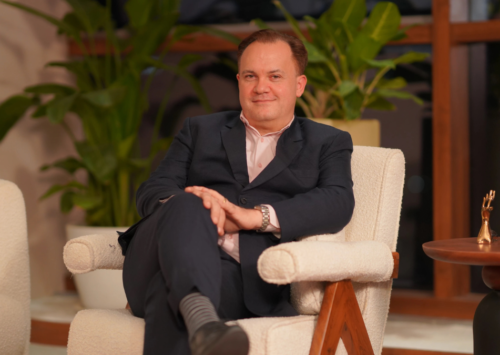World Ozone Day 2025: Need another Montreal moment to address HFCs
Unitentional side effects Montreal Protocol success fuel global warming

The alternatives that saved the ozone layer, hydrofluorocarbons, have turned out to be a super-heating agent (Photo: Canva)
About 40 years ago, global scientists jointly found a solution to tackle the then burning issue of an increasing ozone hole. Decades later, as evidence mounts of unintended side-effects of a fix for ozone hole, the world needs to get back together and tackle hydrofluorocarbons (HFCs), which are contributing to global warming, creating another existential challenge for the world. I helped lead the fight to heal the sky. Now, I fear our victory is leading us to damage the Earth, due to unintended reasons. There lie the lessons for avoiding the grave threats to the success.

The alternatives that saved the ozone layer, hydrofluorocarbons, have turned out to be a super-heating agent (Photo: Canva)
Imagine a patient dying of a mysterious illness. The world’s best scientists identify the cause that there was a poison in his medicine. Nations, for the first time in history, unite to recall the drug. The patient begins to recover. A miracle!
But then, the new medicine triggers an aggressive, secondary cancer. Though the above is a fairly common phenomenon in hospitals around the world, unfortunately it is also true for our planet.
Forty years ago, under the Vienna Convention, the global community of scientists and technologists , including me, diagnosed the poison that was damaging the ozone hole as chlorofluorocarbons, and other long-living gases which were used as refrigerants as well in aerosol sprays and which were creating a gaping hole in the fragile ozone layer that protects the earth from harmful radiation.
Under the Montreal Protocol, ratified in 1987, we executed the most successful environmental intervention in history. We switched the medicine, banned CFCs , among other similar ozone depleting chemicals , with a clear-time line for its phaseout from around the world, including safe disposal from millions of pieces of equipment, including refrigerators and airconditioners that were already using CFCs.
After a few years, with a closely-monitored and well-intentioned result, our patient, Mother Earth, began showing clear and strong signs of recovery.
But unfortunately, unbeknown to us, our miracle cure contained a hidden toxin and one that was far more dangerous for the health of the patient that we had set out to save.
The alternatives that saved the ozone layer, hydrofluorocarbons, have turned out to be a super-heating agent, a ferocious greenhouse gas accelerating the climate crisis that is thousands of times more damaging for global warming than CFCs. So, we had managed to solve one planetary emergency by inadvertently fuelling another.
This is the ‘inconvenient truth’ of the Montreal Protocol success and indeed the battle to save the planet Earth. It is an unnerving and unforgettable lesson of our now-seemingly short success, that global action is not an end in itself, it is continuous process and a cycle. A relentless loop of solution, consequence, vigilance and repeat.
Putting the genie back in the bottle

Long-living gases which were used as refrigerants as well in aerosol sprays were creating a gaping hole in the ozone layer
Though HFCs have long existed alongside other fluorocarbons, positioning them as a presumptive solution to the ozone problem seems to have released the proverbial genie out of the bottle and now there is a desperate attempt worldwide to put the genie back in the bottle, a task that is far easier said than done.
Scientists are now sounding the alarm once again that HFCs must be eliminated if we have to quickly push back the danger of global temperatures rising above 1.5°C as compared to pre-industrial levels, mainly because the global warming is the disaster waiting to happen with devastating consequences, the way ozone layer depletion was projected to be the cause of the disaster at a planetary level!
The science therefore needed an urgent amendment to the earlier global action plan approved by the Montreal Protocol. The outcome of the brainstorming was the Kigali Amendment wherein it was agreed that countries will phase down HFCs within a definite timeframe just as it had been done with CFCs in the Montreal Protocols.
The governments now need to fully ratify and implement the Kigali Amendment to the Protocol which commits to phase down and eventually phase out entirely all hydrofluorocarbons (HFCs). This needs to be added in the Nationally Determined Contributions (NDCs) for reducing carbon emissions as mandated under the Paris Climate Agreement that was signed in 2015.
These must be aligned with limiting global temperature rise to 1.5°C and cover all sectors and greenhouse gases, including HFCs. Though it may sound like a tall challenge currently, implementing the Kigali Amendment will bring immediate wins in the uphill battle against global warming which the world is currently losing. According to various studies, implementation of Kigali Agreement could avoid up to 0.5°C Celsius of warming by the end of the century. Paired with energy-efficient cooling, we could double these gains.
But HFCs are not the only challenge that could undermine the success of the Montreal Protocol. Over the past few decades, the progressive implementation of the Protocol has seen a corresponding rise in the dumping of the old-cooling equipment in poor countries, mainly in Africa and partly in Asia. These discarded pieces of equipment release the residual CFCs that they may have had at the end of their useful lifecycle.
It is not just the leaks from old equipment that pose a threat to the environment, but even the more modern equipment, using HFCs and other substitutes recommended under Montreal Protocol, result into their release and decompose into toxic chemicals like Per- and Polyfluoroalkyl Substances (PFAS) which are called ‘Forever Chemicals’ as they take thousands of years to dissipitate. These chemicals, along with the complacency that ‘Ozone Layer Protection is the global success’ are serious challenges that can endanger the success of the global action!
On this World Ozone Day while recommitting to preserving our ozone layer and to protecting people and planet for generations to come, let us also devise ways to make science more predictive to avoid creating other Frankensteins when finding a long-term solution to the dangers of today.
Every fraction of a degree matters. Every action counts. Every lesson need to be learned and not submerged in the sounds of success.
On this World Ozone Day, let us recommit to preserving our ozone layer and to protecting people and planet for generations to come. We are well on our way to heal the ozone layer and seal the Ozone Hole but let us not forget to deal with the emerging science that keeps warning us that path taken through global action may have unintended hazards that need early tackling. Otherwise global action to seal the holes around the planet may just remain the deal to be celebrated year after year without sustained heals!
The Montreal Protocol is not just a treaty, it is a crystal ball. It foreshadows the challenges of every technological leap we make—AI, nanotechnology, genetic engineering. They are all multi-edged swords. Our victory with ozone proves we are brilliant at solving the crisis in front of us. Our failure to anticipate HFCs proves we are terrible at foreseeing the crisis created by our solution.
On this World Ozone Day, we must not just recommit. We must rethink and we must demand that our science becomes not just reactive, but predictive. We must build systems that actively hunt for the downsides of our brilliant ideas before they are scaled to a planetary level.
Under the Montreal Protocol, we did not just heal the ozone layer. We authored a masterclass in global cooperation in 1987 and 40 years later, that class is far from over. The final exam is now: Can we learn from the unintended consequences of our own genius?
The world is watching. The patient is still fragile. The prognosis is up to us. The hole that we are closing in the sky is a grave warning. The hole in our logic of ‘science as static entity’ could be our downfall.’
(Rajendra Shende is a former Director UNEP, Founder Director Green TERRE Foundation, coordinating lead author, IPCC that won Nobel peace prize, Prime Mover SCCN, IIT Alumnus. The views expressed here do not necessarily reflect those of Media India Group.)









